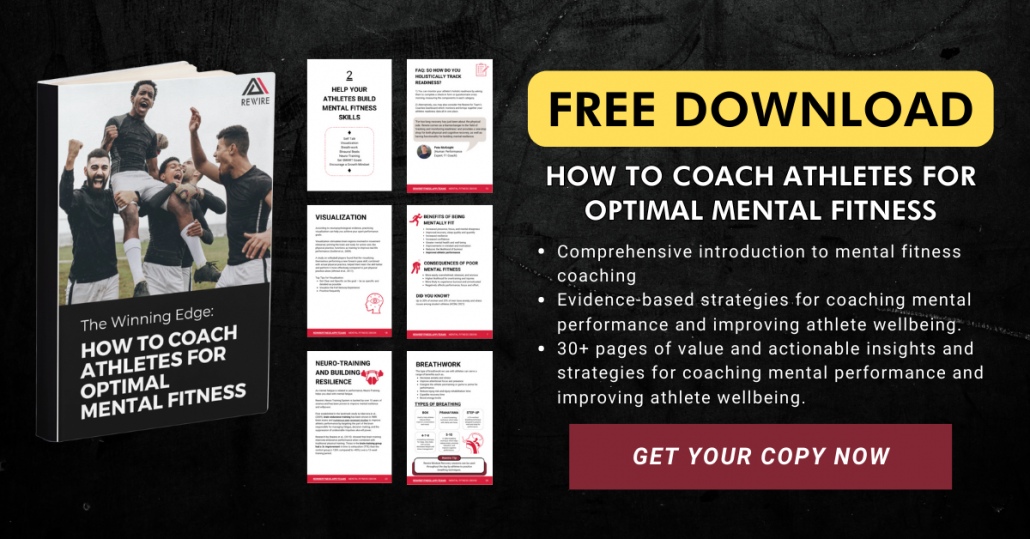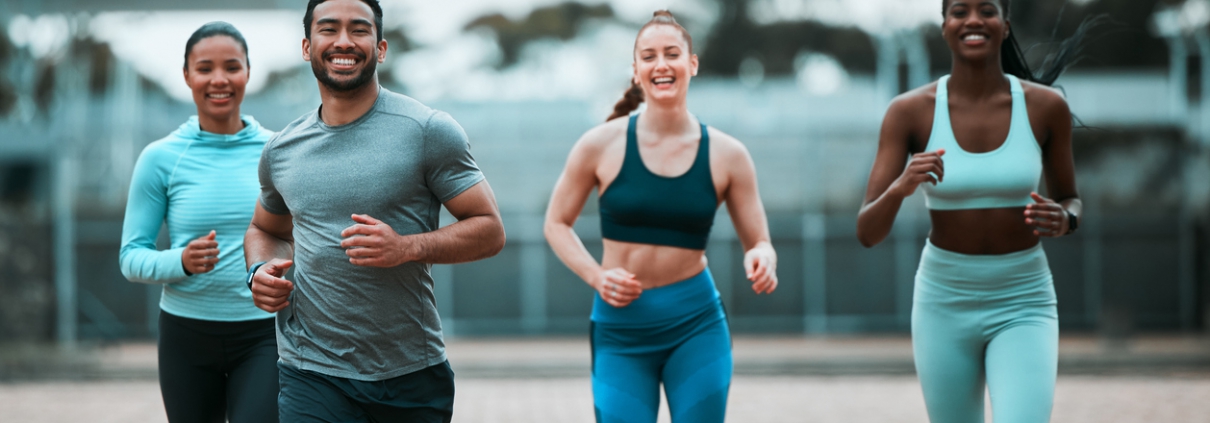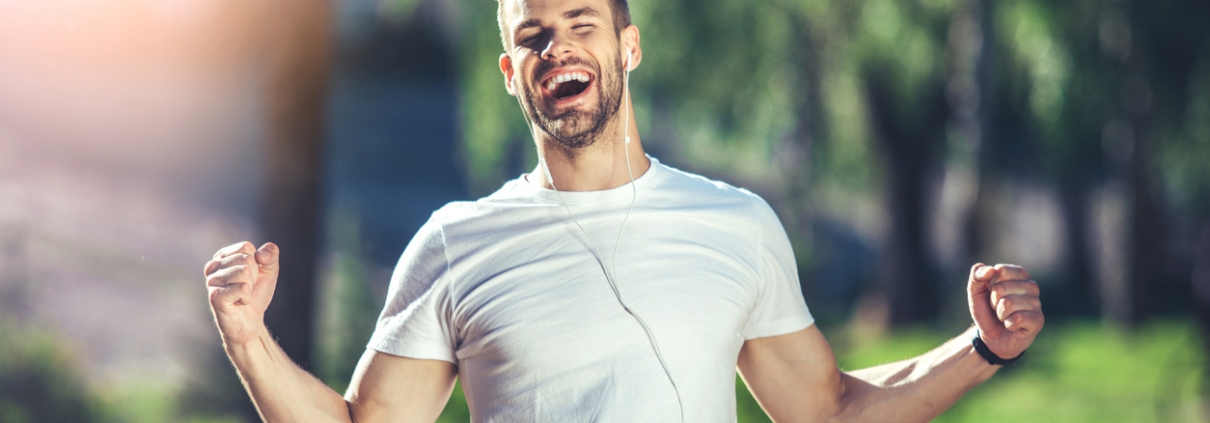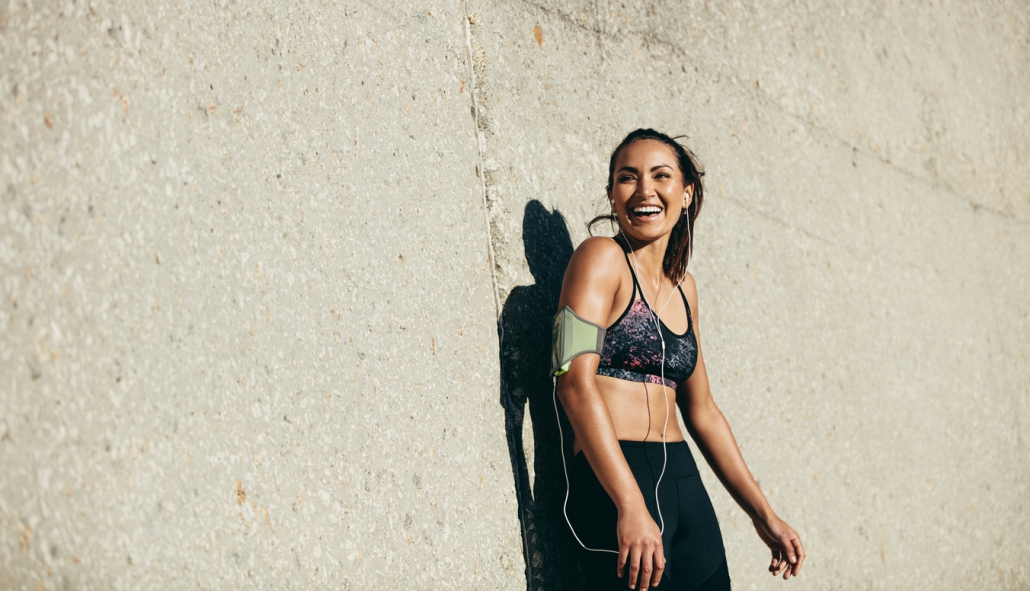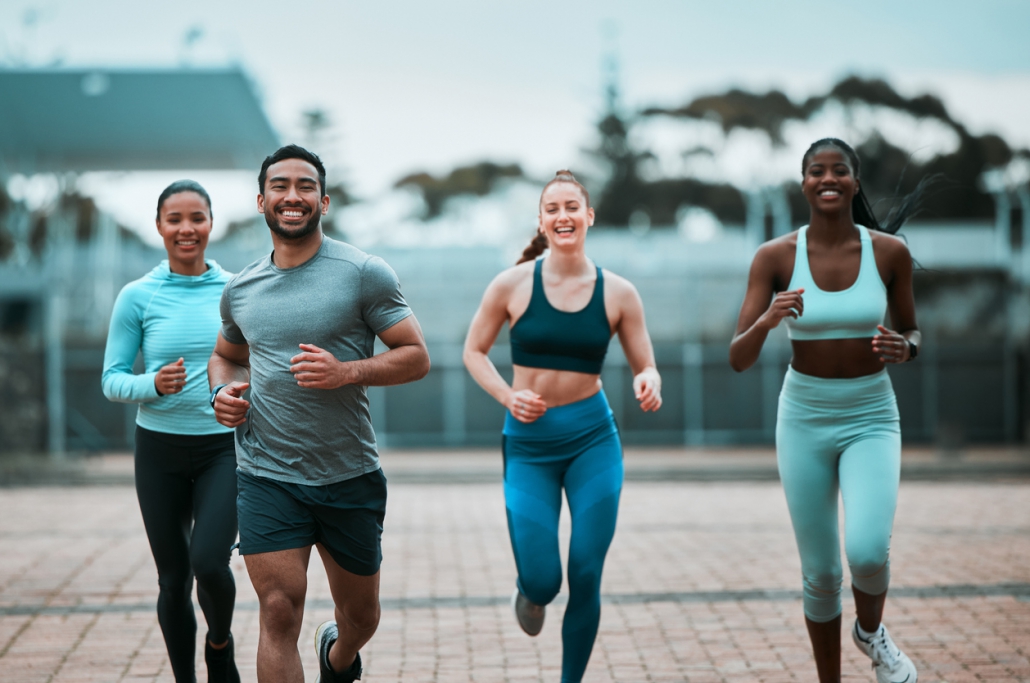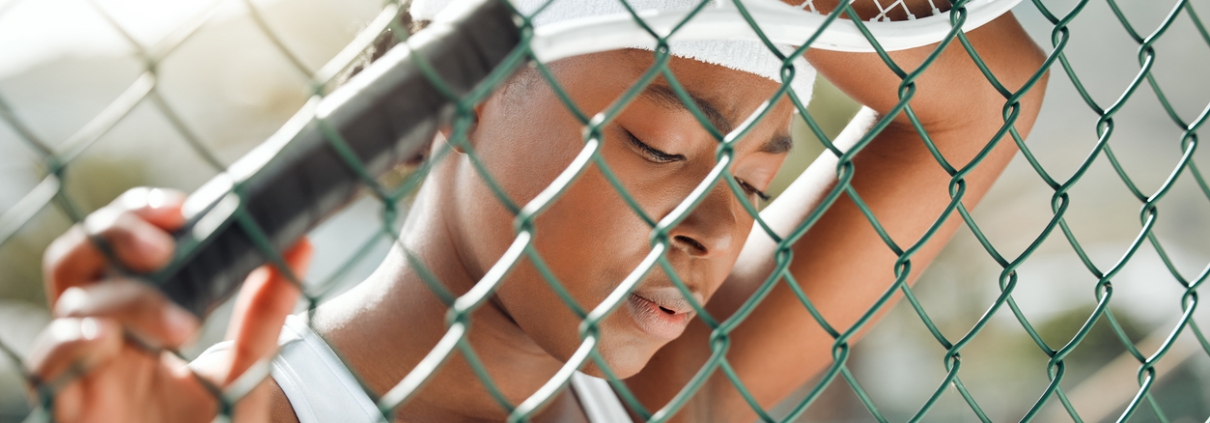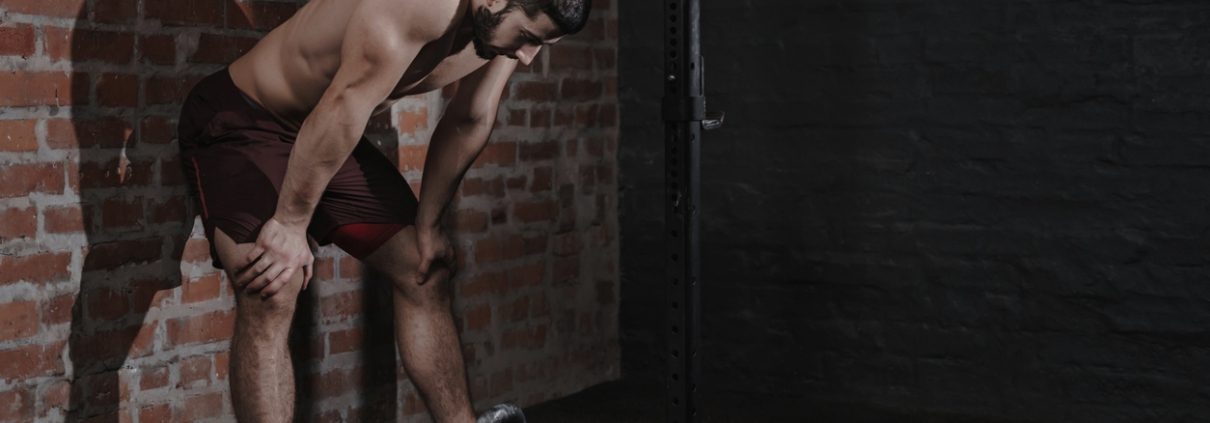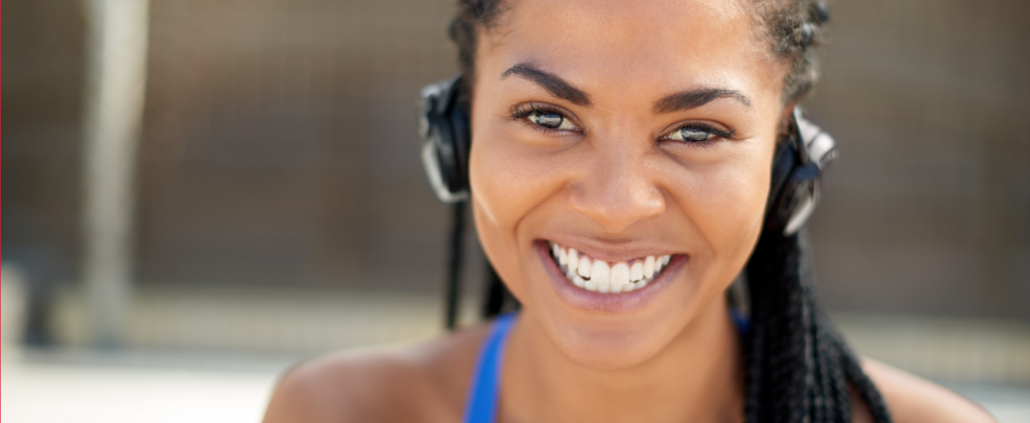How to Improve Mental Health for Athletes
A guide for athletes and coaches.
Mental health is finally beginning to get the attention it deserves. And that includes the athlete population. With the introduction of sports psychologists and other team members, the industry — as a whole — is moving in the right direction.
We’ve had Gracie Gold speak out about her eating disorder, anxiety, and depression, Michael Phelps openly discuss his battle with depression, and Naomi Osaka speak about her struggles with depression after withdrawing from the 2021 French open tournament.
But there’s still more that needs to be done. And whether you’re a coach or an athlete, there are things you can do — and this article will detail them.
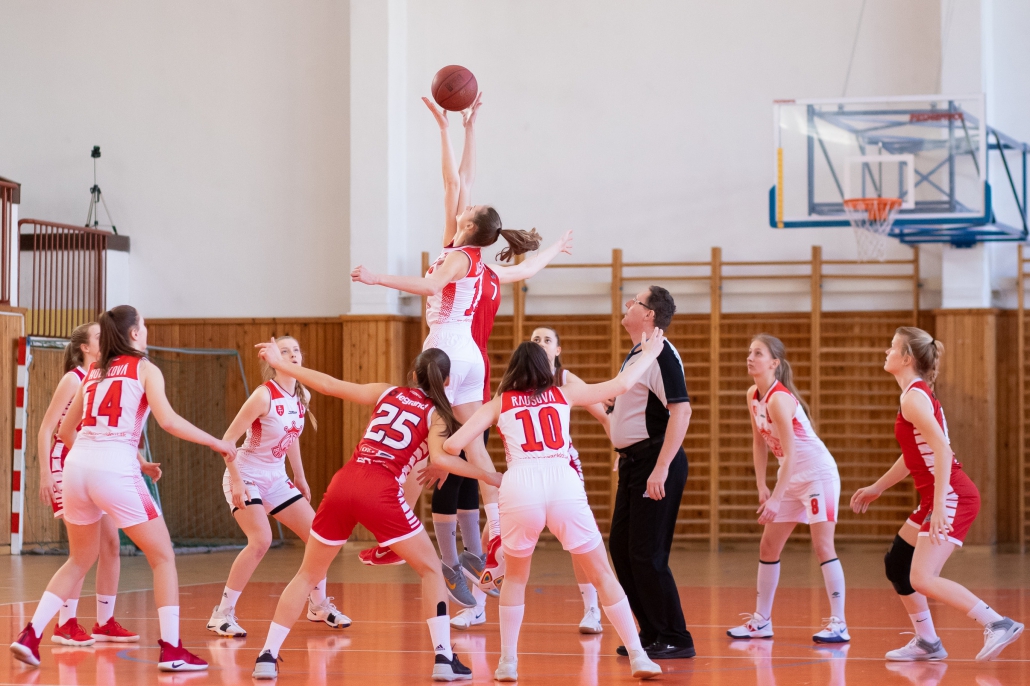
How mental health affects performance
Poor mental health might lead to various performance blocks, including lapses in focus and concentration, mental blocks, poor recovery and sleep in training and competition, and a higher risk of injuries.
Athletes may also experience physical shaking, tight muscles, and feel more pressure, stress, and anxiety than usual.
Why do athletes struggle with mental health?
From time to time, we all struggle with mental health. It’s a part of human nature. Athletes are no different — they can suffer from anxiety, depression, eating disorders, OCD, and many other conditions.
Unlike others, elite athletes are also exposed to public scrutiny — they perform on the world stage, and are no doubt influenced by people’s opinions, comments, and criticism. This also has consequences, perhaps contributing to poor mental health, too.
Risk factors for mental ill health in athletes
Research indicates that athletes experience comparable rates of mental ill-health (e.g. depression, PTSD, and sleep disorders), but are also at risk of athlete-specific risk indicators for ill mental health, such as [4]:
- Sports injury and concussion
- Performance failure
- Overtraining
- Individual sports are typically higher risk than team sports
- Negative major life events
- Low social support
- Impaired sleep quality
Athletes are perhaps more at risk due to the increased demands, including travel, training demands, coach-athlete relationships, and exposure to unfamiliar training environments. Moreover, elite athletes who are injured or approaching retirement may also experience performance difficulty [5].
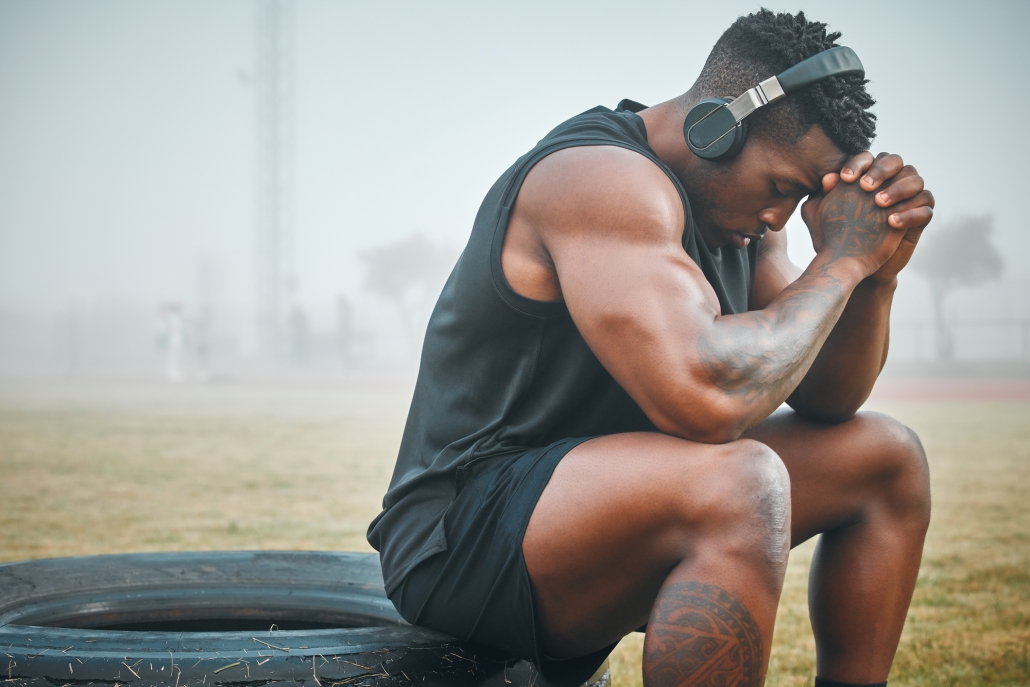
Why is there a stigma around mental health in athletes?
The stigma around talking about mental health — and seeking treatment — is not only prevalent in athletes, but throughout human history [1].
One study found that NCAA Division 1 athletes were more at risk of public stigma than their non-athlete peers [2].
But why is this the case?
Athletes want to appear mentally tough and do not want to show weakness. Often, athletes fear that seeking help will result in a loss of playing team, or may even jeopardise their career or contract.
And at the college level, the compounded stress of school and elite sports only makes things worse. Athletes are more likely to encounter burnout, and may struggle with mental health issues. Once again, not speaking up because they risk not being selected for their team or sport.
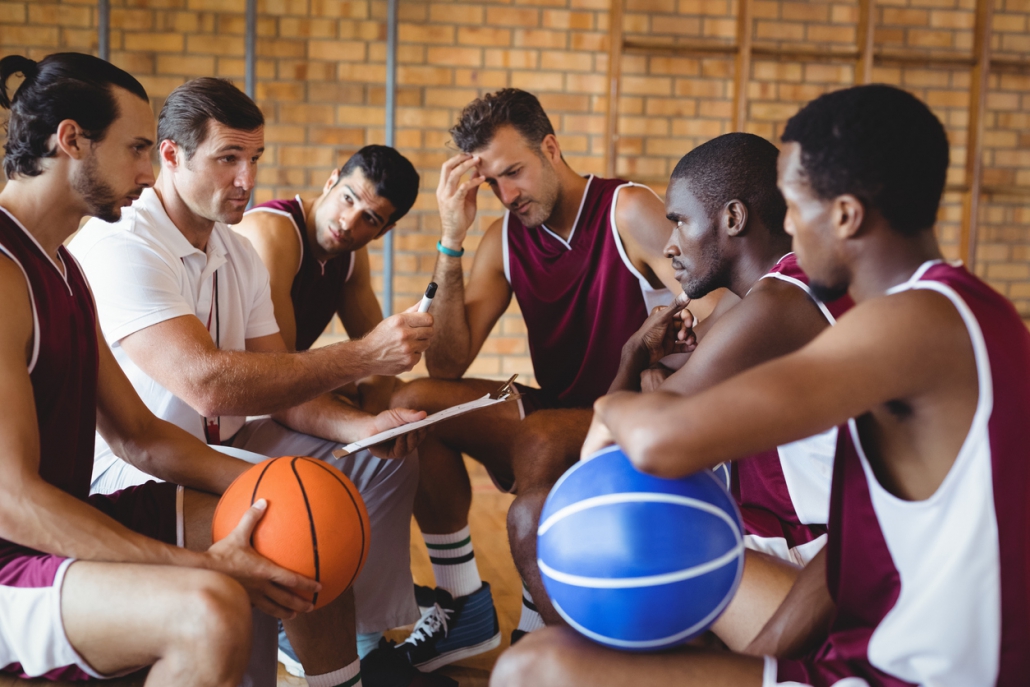
What can coaches do to help athlete mental health?
Sports coaches play a pivotal role in athlete mental health — they can:
- Increase education and awareness of mental health
- Reduce the stigma and promote early help-seeking
- Focus on overall athlete development (not just physical)
Let’s break these down in more detail.
Increase education and awareness of mental health issues
Coaches can increase education and awareness of mental health by hosting workshops, speaking engagements, and working with sports psychologists.
It’s not just athletes who should know how to recognise the signs of early-onset mental health issues.
Programs and further information should be offered to the athlete’s family and friends to help recognize potential symptoms and risks, and encourage the athlete to seek help before a particular struggle were to spiral out of control.
Reduce the stigma and promote early help-seeking
Many people don’t talk about their mental health. However, athletes, as previously discussed, may be at a greater risk of not speaking out.
So to combat this, coaches and other sports organisations that work closely with the athletes should focus on reducing the stigma through education and awareness. Furthermore, there should be a support system in place for early help-seeking — that includes multiple ways to ask for help [4].
While not in a professional sense, at grassroots level, this could be as simple as athletes maintaining a good relationship with their coaches and knowing they can ask for help, whether in-person after training, or via text, provided this is appropriate (as a very basic example).
Focus on overall athlete development (not just physical)
For years, the focus on the athletes has been physical. And that made sense!
But these days, coaches and other staff should focus on overall athlete development from a more holistic perspective. That includes sports psychology, mental skills training, education around mental health, and so on.
Check in with your athletes, perhaps add a non-invasive screening method, and focus on more than just the physiology and physical skills training.
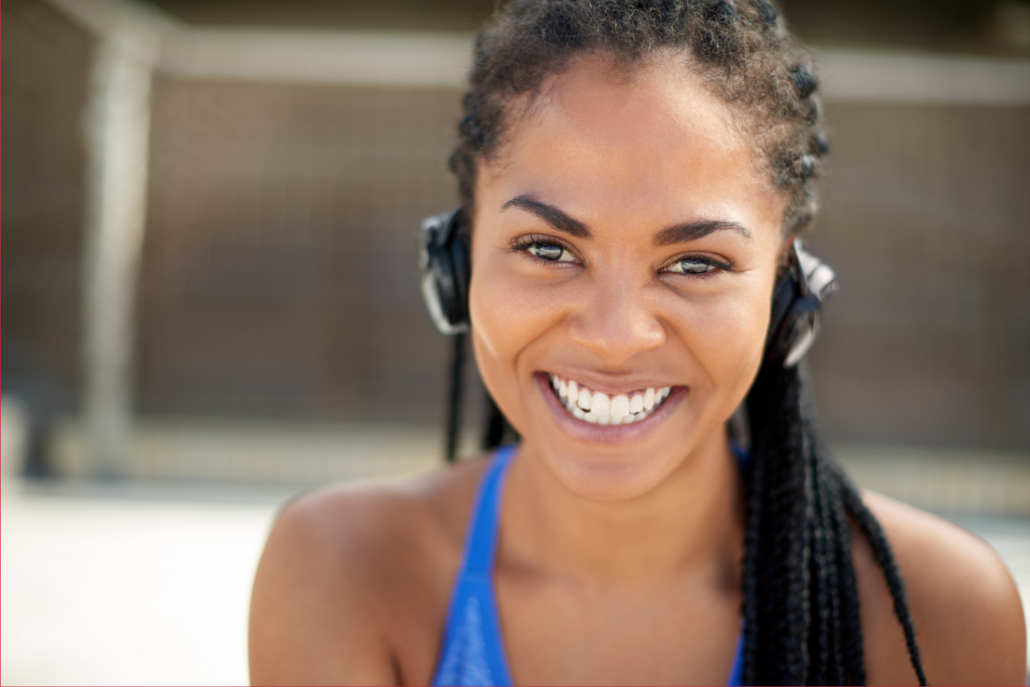
How can athletes manage their mental health?
Although coaches and coaching staff play a pivotal role in the mental health of athletes, ultimately, it comes down to the athlete to implement changes, practice self-care, and better manage their mental health.
So if you’re an athlete, what can you do?
- Surround yourself with a good support network
- Set effective (but achievable) goals
- Talk to someone if needed
- Reduce overall stress (and talk to someone if the stress gets too much)
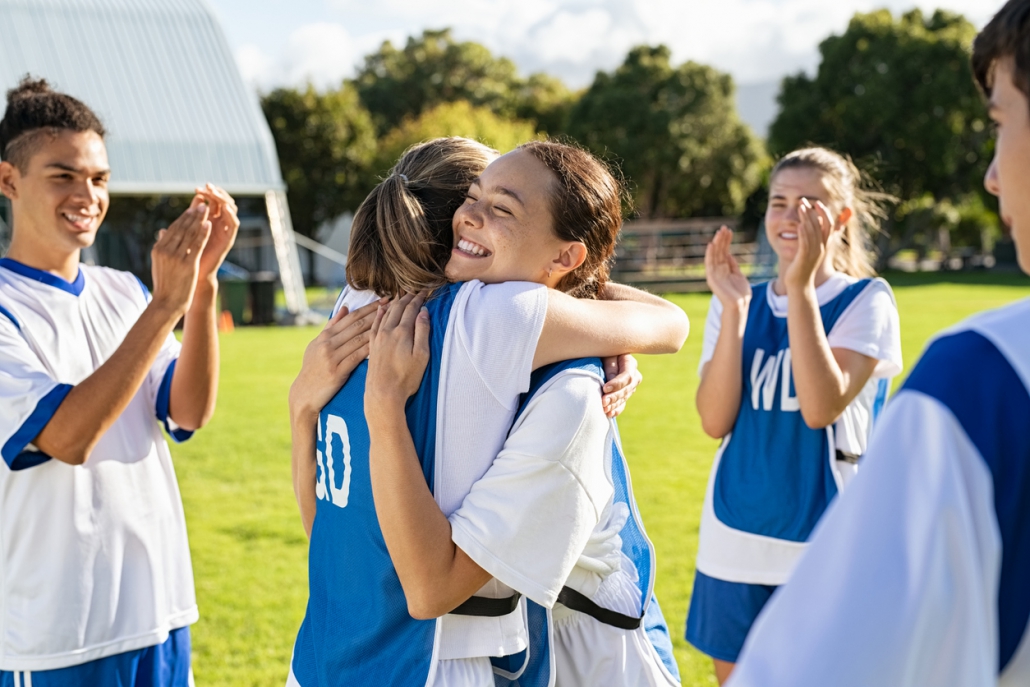
Surround yourself with a good support network
Depression and other mental health issues might be a higher risk for athletes who partake in individual sports instead of team sports [6].
If that’s you, it’s even more important to surround yourself with a good support network — these people will become your teammates.
That could be a good coach, a friend, family members, and so on. You want people that you can talk to when needed — and they will listen — and you want people who provide more positive outcomes than negative ones in your life.
Set effective (but achievable) goals
Most athletes know the importance of goal setting, so we won’t dive into the specifics in this blog post. However, it’s essential to use effective goal setting principles for the best results.
Where mental health is concerned, goals should be challenging but achievable.
Yes, your goals should be difficult, but they shouldn’t be so challenging that you can’t achieve them, only to be upset when you don’t achieve what you set out to achieve.
You can use tried and tested goal setting methods to do so, i.e. short and long-term goals, specific goals, and a feedback system that helps you understand your progress [3].
Related: 6 Tips For Achieving Your Fitness Goals
Talk to someone if needed
Athletes should always have someone to talk to if needed, even if it’s to discuss something as simple as a training session that didn’t go quite to plan, or to run through their goals for the remainder of the year.
Equally though, coaches (and other staff) should be available to talk to. An open line of communication is essential to protect mental health — and reach out for help if needed.
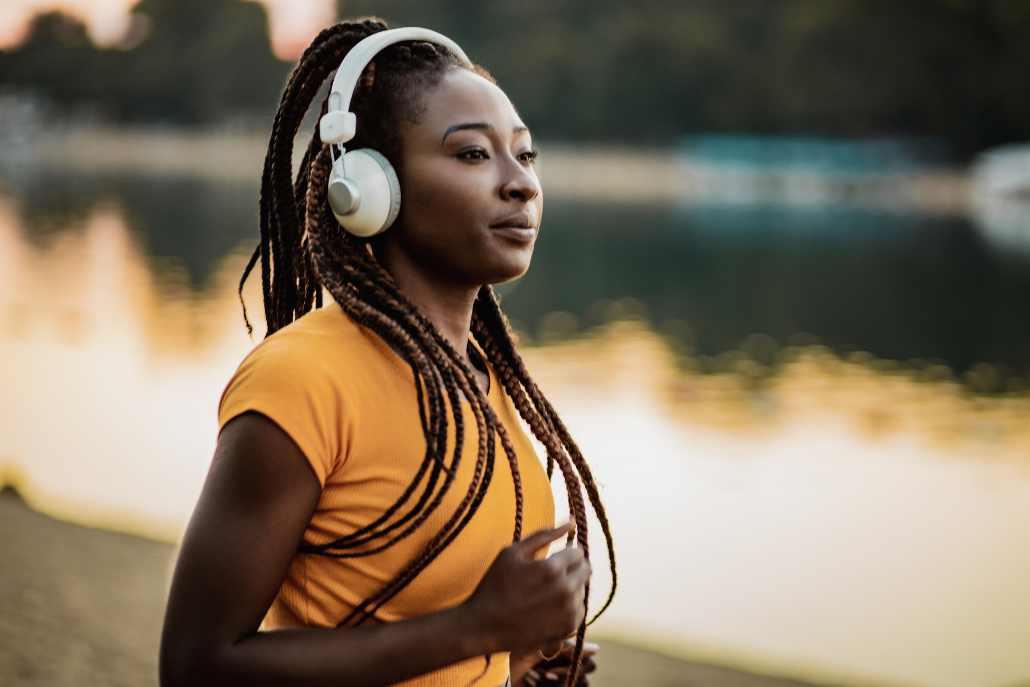
Reduce overall stress
Athletes experience stress — whether that’s during training, competition, or the day-to-day.
In particular, though, many people forget the additional stressors student-athletes face. A Division 1 athlete, for example, often trains very similar hours to a professional athlete, but also attends classes, and seminars, and has other educational demands.
It’s not just the attendance that’s required, it’s the additional work writing papers, researching, and other tasks — it’s like having two full-time jobs.
If possible, student-athletes should speak to their teachers when needed to explain the situation if they’re struggling to balance the two. And if possible, coaches and teachers should be aware of their demands and provide leniency where possible.
Student athlete mental wellness should be a top priority.
Reducing stress will lessen the risk of burnout and injury, and should provide better balance in the day-to-day.
The Mindset Recovery collection on the Rewire app includes sessions dedicated specially to help athletes reduce stress, try our free 4 minute guided stress relief session.
FAQs
What is the most common mental health issue for athletes?
Anxiety is thought to be one of the most common mental health issues in athletes. Depression, disordered eating, stress, sleeping disorders, and overtraining are also common.
How do athletes take care of their mental health?
Athletes should surround themselves with a good support network, set realistic goals, and reduce overall stress. They can also work with a psychologist or a mental health professional to take better care of their mental health.
Including Rewire Fitness sessions into an athlete’s routine is another way to improve mental health. With just 5-10 minutes of every day use, the average rewire user reports a 70% reduction in stress, 30% increase in focus, and a 30% increase in readiness to perform. Try the app for free today.
Coaching athletes and looking to help them take care of their mental health? Find out how Rewire can help your team’s wellbeing by booking a consultation with us today.
References:
- Bauman, N.J., 2016. The stigma of mental health in athletes: are mental toughness and mental health seen as contradictory in elite sport?. British Journal of Sports Medicine, 50(3), pp.135-136.
- Kaier, E., Cromer, L.D., Johnson, M.D., Strunk, K. and Davis, J.L., 2015. Perceptions of mental illness stigma: Comparisons of athletes to nonathlete peers. Journal of College Student Development, 56(7), pp.735-739.
- Locke, E.A. and Latham, G.P., 1985. The application of goal setting to sports. Journal of Sport and Exercise Psychology, 7(3), pp.205-222.
- Purcell, R., Gwyther, K. and Rice, S.M., 2019. Mental health in elite athletes: increased awareness requires an early intervention framework to respond to athlete needs. Sports medicine-open, 5(1), p.46.
- Rice, S.M., Purcell, R., De Silva, S., Mawren, D., McGorry, P.D. and Parker, A.G., 2016. The mental health of elite athletes: A narrative systematic review. Sports medicine, 46, pp.1333-1353.
- Schaal, K., Tafflet, M., Nassif, H., Thibault, V., Pichard, C., Alcotte, M., Guillet, T., El Helou, N., Berthelot, G., Simon, S. and Toussaint, J.F., 2011. Psychological balance in high level athletes: gender-based differences and sport-specific patterns. PloS one, 6(5), p.e19007.
